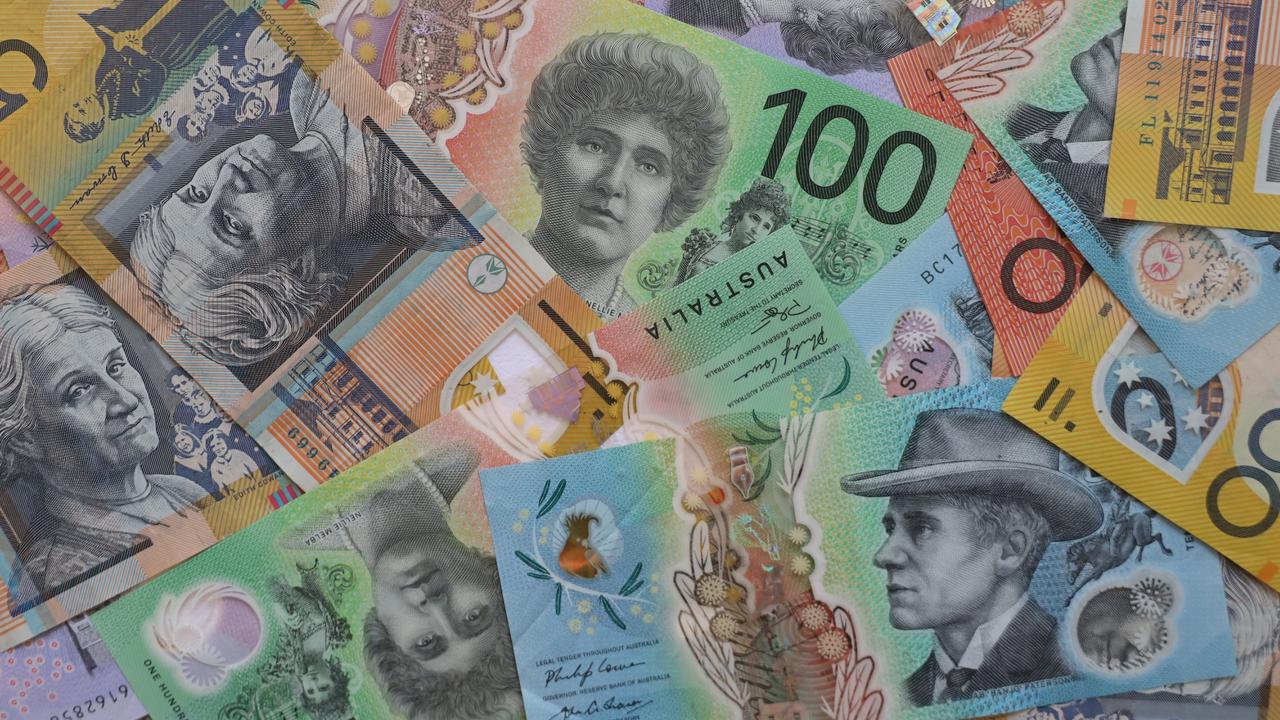Aussies slugged $13,890 in income tax

- by Admin
- April 23, 2024

Australians were slugged a combined $304.8bn in Commonwealth income tax payments in the year to June 2023, its highest level ever, with revenue gushing into Treasury coffers due to near-record low unemployment, elevated wages growth and bracket creep.
The average Australian 15 years and over paid $13,980 in Commonwealth income taxes over the 2023 financial year, according to analysis of fresh Australian Bureau of Statistics data by NCA NewsWire.
The tax hike amounted to an average increase of $1442, up 12 per cent from the 12 months prior, double the 6 per cent rate of inflation over the same period.
The federal budget is forecast to increasingly rely on personal income taxes, with its proportion of the overall Commonwealth tax base expected to soar to almost 60 per cent by 2063, up from its current level of 49 per cent, according to the latest Intergenerational Report.
The recent surge in income tax receipts has prompted the government to tweak the stage 3 tax package, offering more lucrative tax cuts compared with current settings. The tax overhaul will take effect from July 1.
“A tax cut for every taxpayer will be the centrepiece of the cost of living help in the budget,” Treasurer Jim Chalmers told reporters in Canberra on Monday.
Company taxes also bolstered the overall federal tax take, up $26.8bn to $154.9bn, due to soaring profits in the mining industry driven by elevated prices for commodities including coal and iron ore, according to the ABS.
Additionally revenue raised from the GST jumped $10.7 billion to $86.3bn buoyed by higher consumption for items subject to the tax, while oil and fuel excises brought in $21.5bn over the financial year.
While the figures won’t be taken into consideration in calculations for the upcoming budget, scheduled for May 14, Australia’s economic fundamentals, including continued tightness in the Labor market and soaring commodity windfalls, have not fundamentally changed.
But on Monday, Dr Chalmers downplayed suggestions that the Albanese government would notch a second surplus, citing global factors which would weigh on the budget bottom line.
“Our objective is still a second surplus. We’re not there yet. The degree of difficulty on that has come up a bit, but that is still our objective,” he said.
On taxes levelled by state and local governments, Victoria was the highest taxing jurisdiction per person, raising $5,795, while the Northern Territory raised just $3,477 when total revenues were divided by population.
The Latest News
-
December 22, 2024AFL legend Aaron Shattock placed in induced coma following freak accident while operating an excavator
-
December 22, 2024Test discard brings the heat after Boxing Day axing
-
December 22, 2024Australian cricket team at MCG: Near 60% win record, unbeaten for three years | Cricket News – Times of India
-
December 22, 2024Zheng to skip United Cup, focus on Aussie Open
-
December 22, 20242024 runner-up Qinwen Zheng pulls out of Australian Open lead-in event


